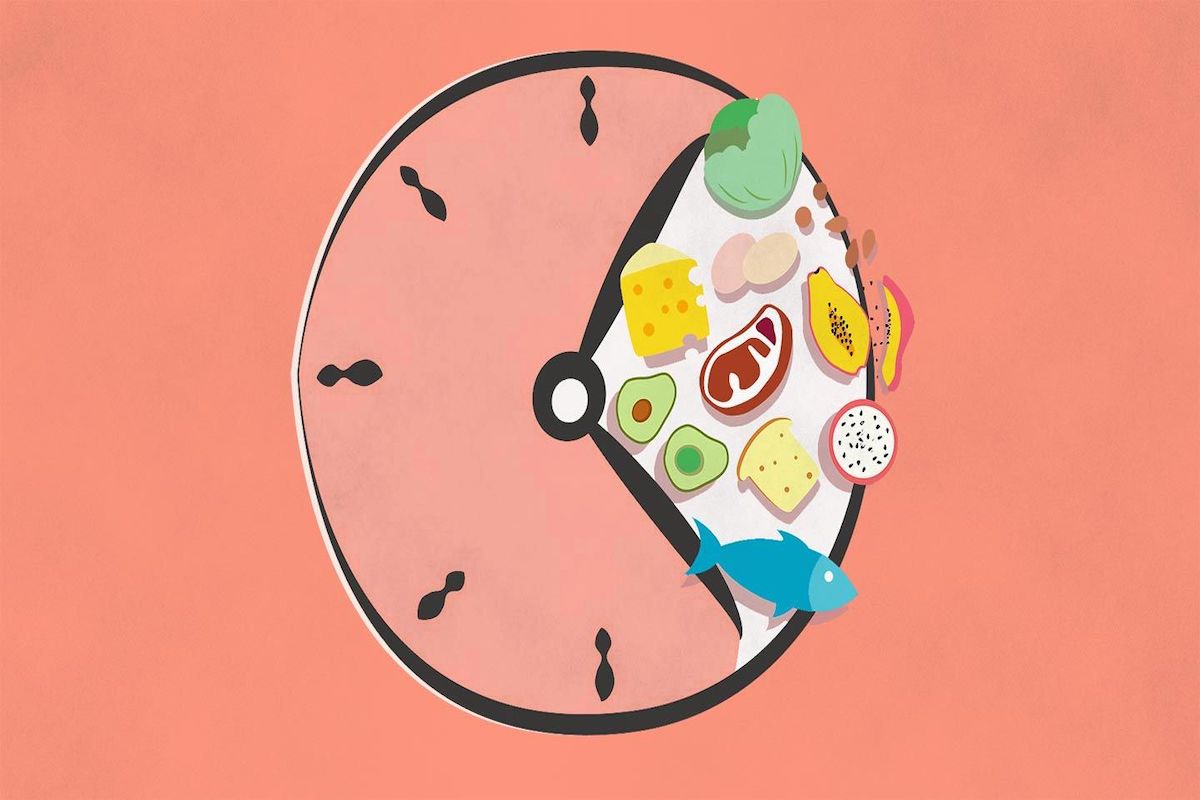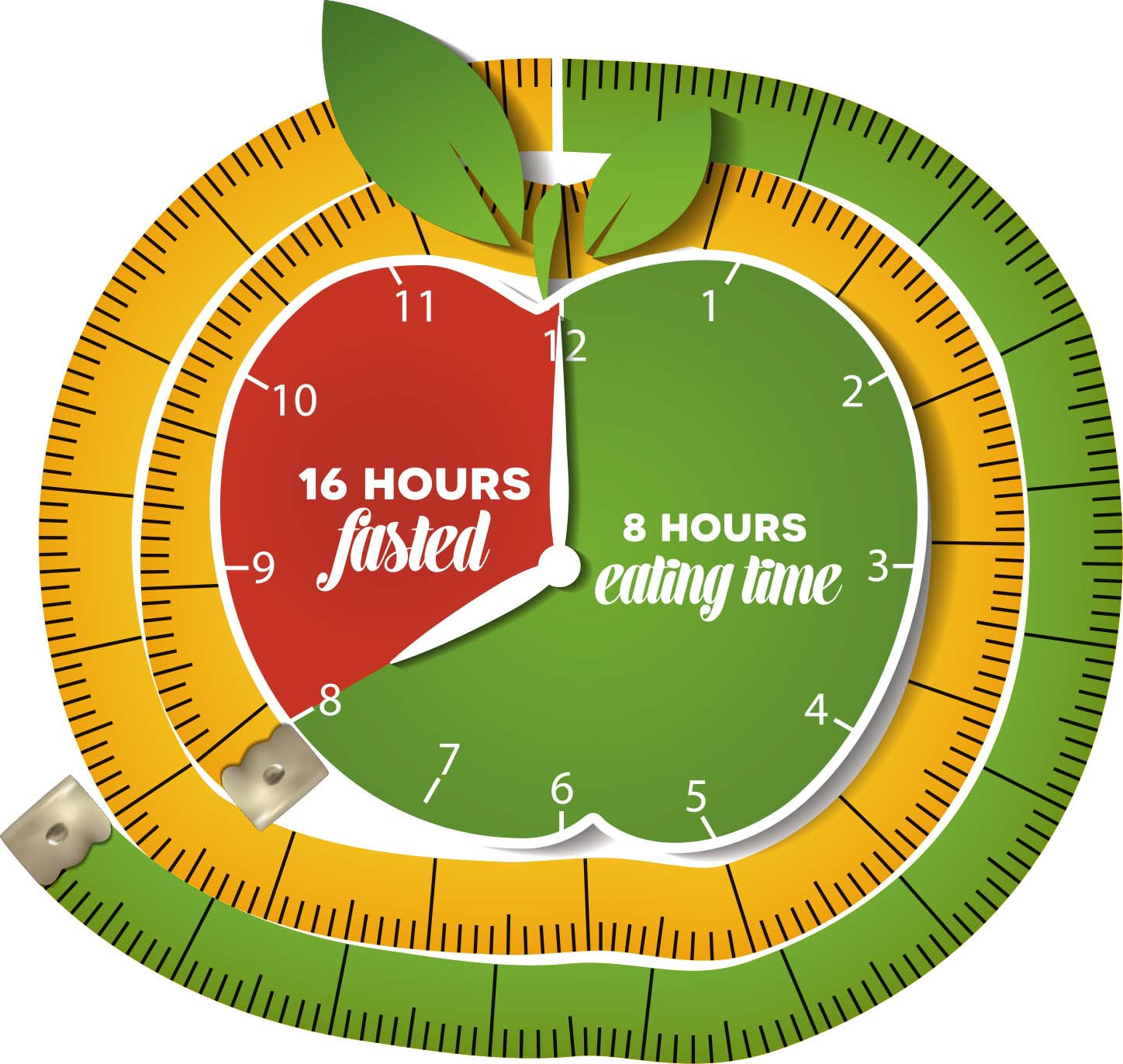
03 Jun The Ultimate Guide to Intermittent Fasting
Intermittent fasting can be a great way to lose weight, boost energy levels and improve your overall health – find out everything you need to know about this popular diet trend!
According to a recent study, nearly 60% of westerners struggle with weight gain, and of those, approximately 20% are considered obese. With such high numbers, it’s no wonder that fad diets and weight-loss programs are more popular than ever.
However, many of these programs are ineffective or even dangerous. Intermittent fasting (IF) is a new but ancient approach to weight loss that is gaining popularity for its simple and sustainable approach.
What is Intermittent Fasting?
Intermittent fasting is an eating pattern that cycles between periods of fasting and eating. It does not specify which foods you should eat but rather when you should eat them. In this respect, it’s more of an eating style than a diet.
Johns Hopkins neuroscientist Mark Mattson has studied intermittent fasting for 25 years. He says that our bodies have evolved to be able to go without food for many hours, or even several days or longer. In prehistoric times, before humans learned to farm, they were hunters and gatherers who evolved to survive — and thrive — for long periods without eating. They had to: It took a lot of time and energy to hunt game and gather nuts and berries.
The Johns Hopkins dietitian, Christie Williams says that even 50 years ago it was easier to maintain a healthy weight. Nowadays we are spending more time watching TV or online and not getting enough sleep which causes our bodies to go into saving mode, storing all the extra fat cells we have in case there’s an emergency where food will be scarce (i e war).
She also mentioned how people used to work outside coupled with increased exercise opportunities but those days have passed since most jobs require sitting at desks all day long.
Types of Intermittent fasting:
There are several ways to do intermittent fasting, but the most common is the 16/8 method. This involves limiting your daily eating window to 8 hours, such as from 1 p.m. to 9 p.m., and then fasting for the remaining 16 hours.
This means that you would only eat two meals per day, although you are free to eat whatever you want within that 8-hour window. Some people also choose to do a 24-hour fast, this involves fasting from dinner one day until dinner the next day. So, if you ate dinner at 6 p.m. on Monday, you would not eat again until 6 p.m. on Tuesday.
Lastly, the 5:2 diet involves eating as you normally do 5 days of the week and restricting your calorie intake to 500–600 on the remaining 2 days. Intermittent fasting has become increasingly popular in recent years as a way to lose weight and improve health.
 My Experience:
My Experience:
When it comes to intermittent fasting, I find that one meal a day is my preference. It’s great for fat loss, especially when paired with the carnivore diet. From my experience this is the best combination for good health and weight loss.
Secondly, the reason I prefer this combination is because you don’t feel hunger from carb cravings, you naturally feel like eating 1-2 times a day due to burning ketones instead. Check out this article to find out more about the carnivore diet!
Lastly, this way of eating reduces the amount of time you spend preparing and eating food and it helps to reduce the amount of food you consume overall.
Caloric Restriction Vs IF?
You may be wondering why you should choose this over a calorie-restricted diet. The truth is, there isn’t much of a difference between the two, and in fact, research done at Harvard suggests that those on an Intermittent Fasting plan had similar results.
For one, the convenience of only having to eat once or twice a day. Secondly, you don’t have to worry about counting calories, and lastly, when on a restricted diet you’re more likely to binge eating because of the restrictiveness.
With Intermittent Fasting, you can pretty much eat as much as you want want in one sitting and still lose weight, especially when paired with a keto/carnivore diet!
Possible Benefits
- Weight loss
- Reduced Blood Pressure
- Reduced Inflammation
- Lower Cholesterol
- Better Outcomes for Stroke Survivors
- Boosted Brain Function
- Cancer Protection
- Increased Cell Turnover
- Reduced Insulin Resistance
- Lower Risk of Cardiovascular Issues
- Increased Longevity
- Better Night’s Sleep
What to be Mindful of when Starting!
When you first start intermittent fasting, you may experience withdrawal from not eating. This is because your body is used to having a constant supply of food.
The withdrawals are similar to those experienced when quitting smoking or drinking caffeine. You may feel irritable, fatigued, and have low energy. You may also experience digestive issues and bad breath.
These symptoms are usually mild and will pass after a few days. However, if they persist, consult with your doctor.
If you’re going keto/carnivore then the keto flu will be something to be mindful of. This is due to the cutting out of carbohydrates, you may experience things like headaches, tummy aches, change in bowels etc. This too should pass after a few days!
Who Should Avoid IF?
- People who are pregnant or breastfeeding/chestfeeding
- Young children and teens
- Older adults who experience weakness
- People with immunodeficiencies
- People with current or past eating disorders
- People with dementia
- Those with a history of traumatic brain injury or post-concussive syndrome
Tips for Intermittent Fasting:
If you find yourself hungry in between meals, try drinking a cup of black coffee. The caffeine will help curb your appetite and prevent you from overeating. In addition, coffee can also boost your metabolism, so you’ll be burning more calories throughout the day. Just be sure to avoid adding sugar or cream, as this will cancel out the benefits.
If you’re bored of drinking water when fasting, try sparkling water or tea. Sparkling water can help to break the monotony of plain water and make fasting more enjoyable. In addition, adding squeeze of lemon is a great way to get some flavour without breaking your fast!
Conclusion
If you haven’t considered giving intermittent fasting a try, now would be a perfect time! Intermittent fasting has been shown to have several benefits, including weight loss, improved mental clarity, and decreased inflammation.
What’s more, it’s a relatively easy lifestyle change to make. There are several ways to approach intermittent fasting, so you can find one that fits your lifestyle and schedule. So why not give it a go? You might be surprised by the results!
Alistair Rhind

